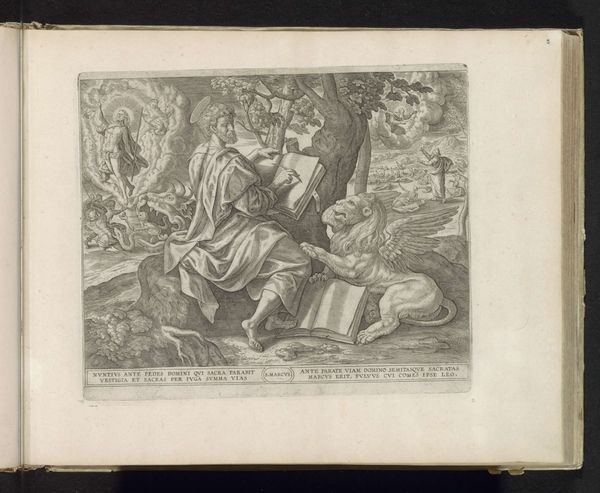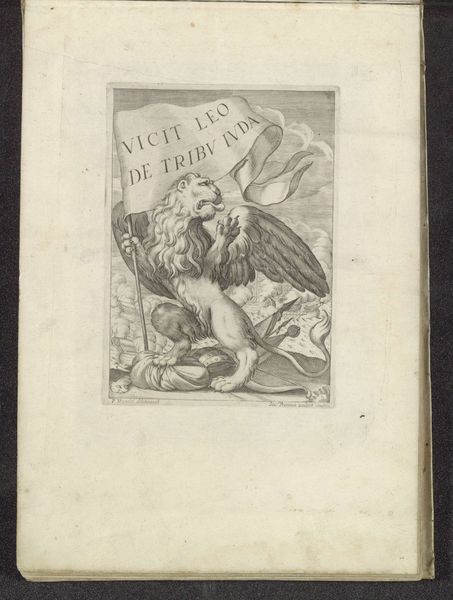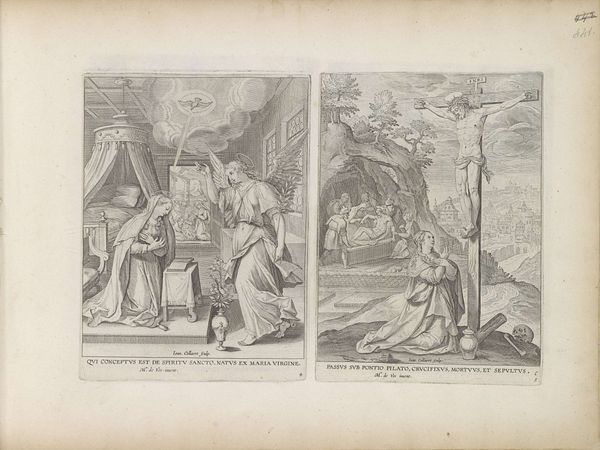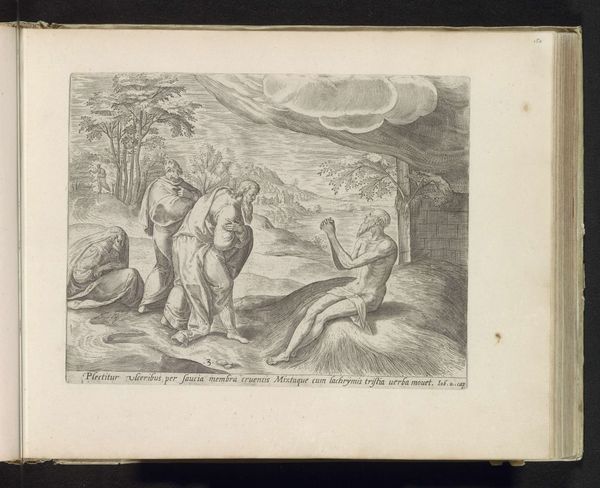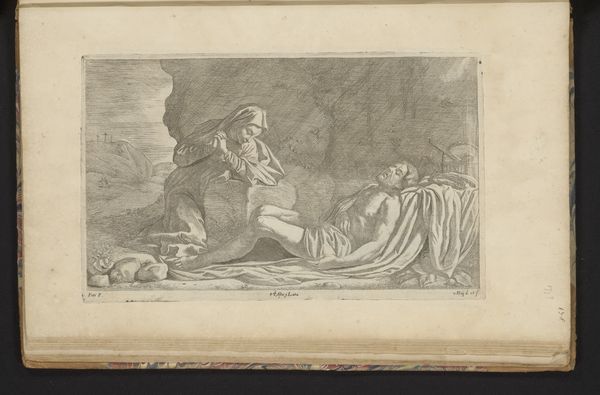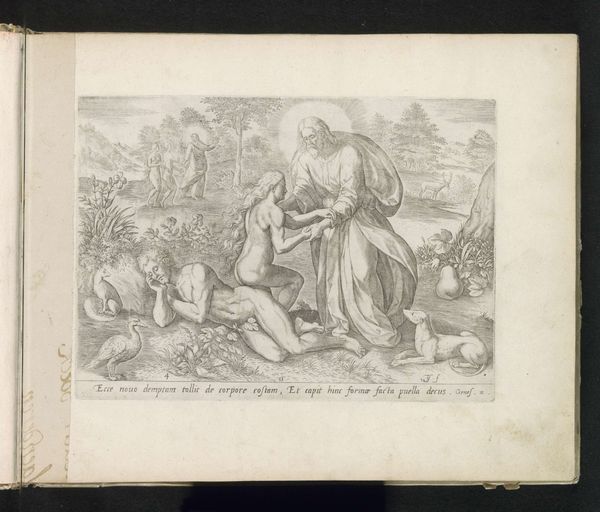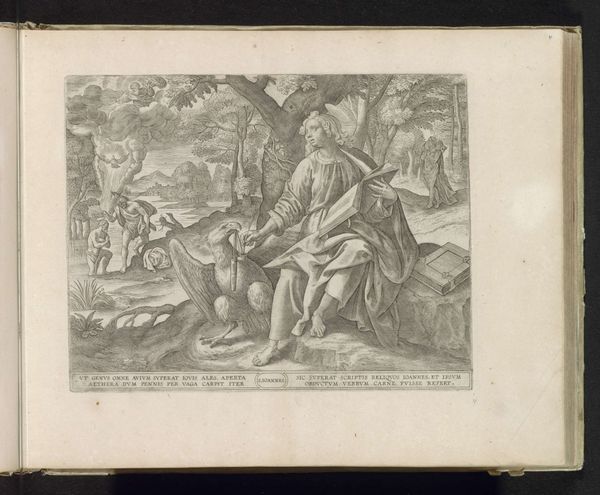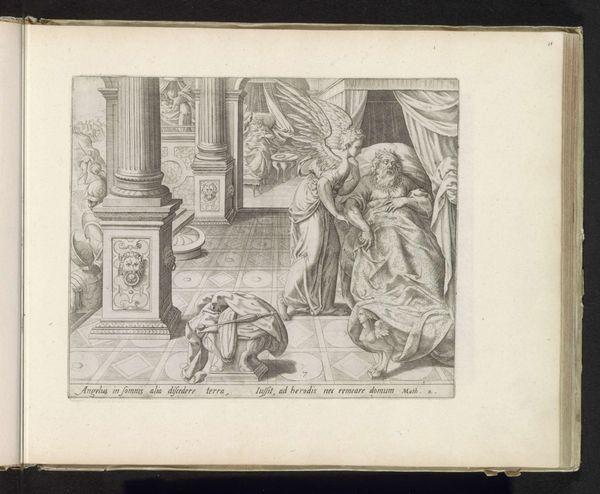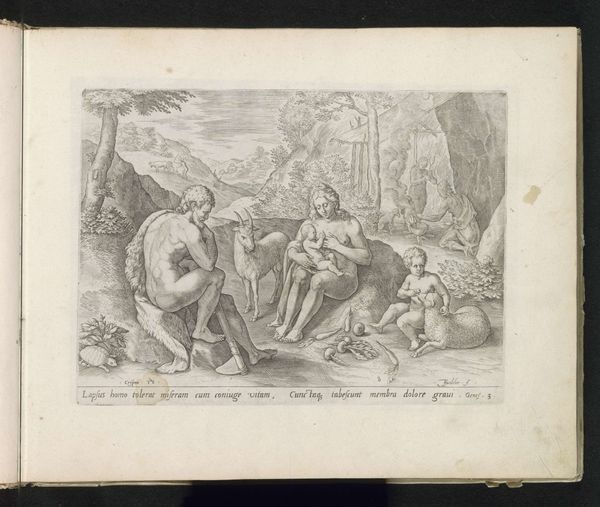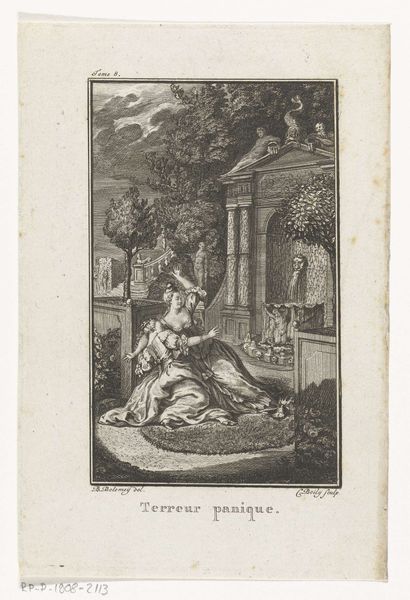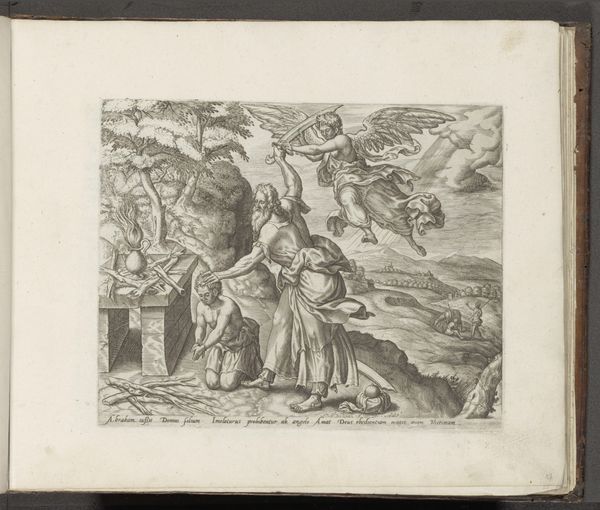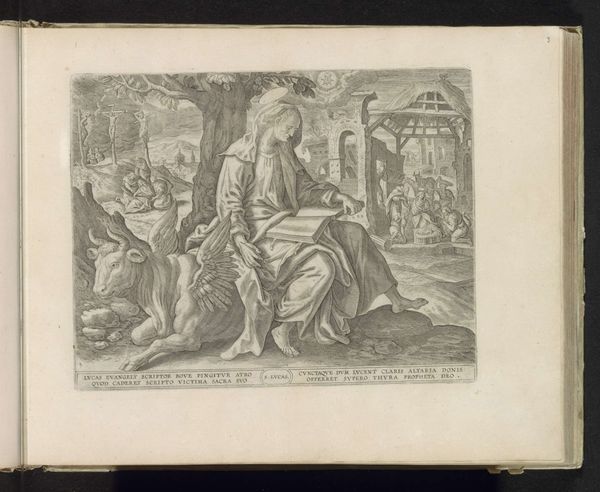
print, engraving
#
allegory
#
baroque
# print
#
history-painting
#
engraving
Dimensions: height 200 mm, width 315 mm
Copyright: Rijks Museum: Open Domain
Editor: This engraving, "Allegory of the Newborn Peace, 1713" by Abraham Allard, feels quite optimistic, even celebratory, which I suppose makes sense given its subject. I’m curious though, what exactly *was* the "newborn peace," and how do you see the historical context influencing the message of the work? Curator: It is indeed a celebratory piece, and understanding the context is key. The "newborn peace" likely refers to the Peace of Utrecht, a series of treaties in 1713 that concluded the War of the Spanish Succession. This print functions, in part, as propaganda, visualizing the desired public understanding of this historical moment. Consider who *benefits* from such imagery. Editor: So, the artwork serves a political purpose beyond just commemorating an event? Curator: Precisely. Visual culture played a critical role in shaping public opinion and legitimizing political power. The artist would have been influenced by patrons, political leanings, and existing visual tropes. Think about how the artist portrays the central figure – likely an allegorical representation of Peace – as a nurturing mother. How does this representation of peace impact the public's understanding? Editor: I see. It's portraying peace not just as an absence of conflict, but as something actively beneficial and generative for society, and it asks for people's adherence to that vision. This makes me wonder, was there much dissent around the Peace of Utrecht, and did Allard's prints have the desired effect on those who saw it? Curator: Those are important questions. Dissent existed. Treaties are never universally beloved. It's hard to quantify the exact effect of Allard's print but studying its circulation – where it was displayed, who saw it, and what other similar imagery was circulating – offers valuable insight into the political power dynamics of the era and helps to contextualize the artwork. Editor: This gives me a different perspective on the work, showing how art is shaped by historical narratives and power. Curator: Exactly. Remembering art's engagement in historical and contemporary political projects encourages a more holistic experience, and furthers critical appreciation of these artworks.
Comments
No comments
Be the first to comment and join the conversation on the ultimate creative platform.
